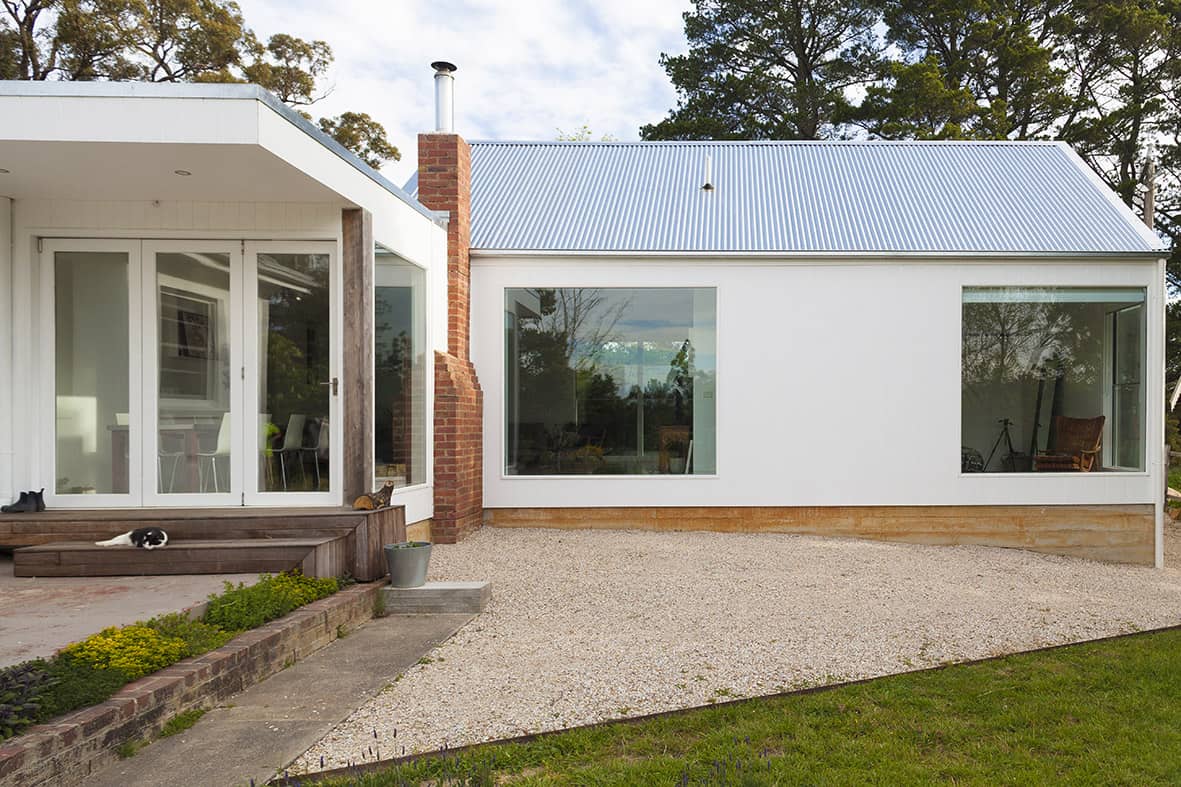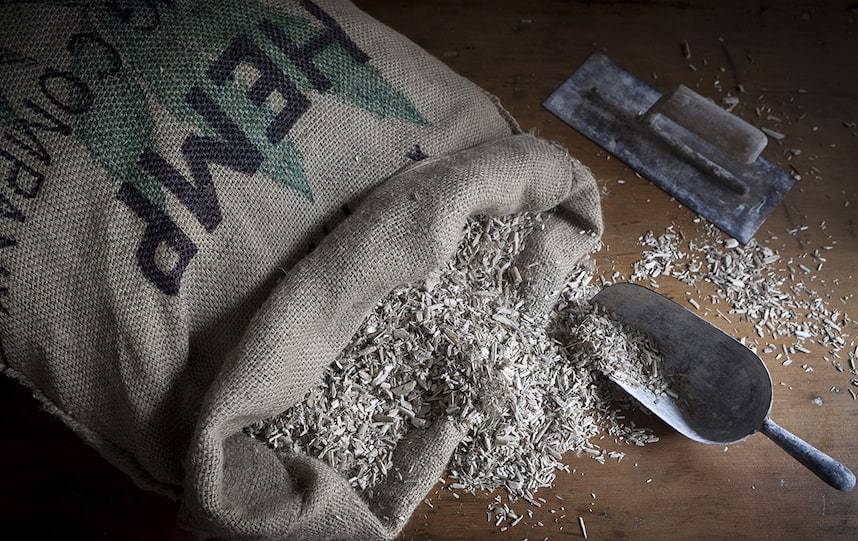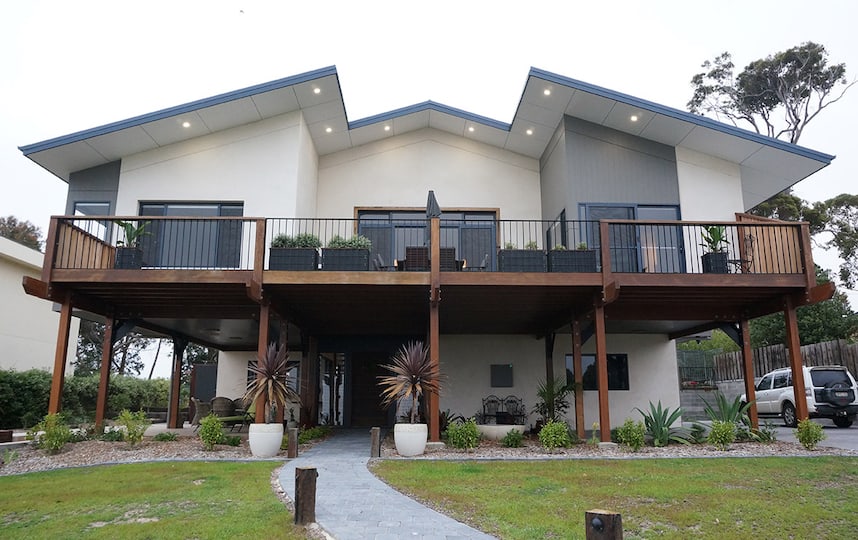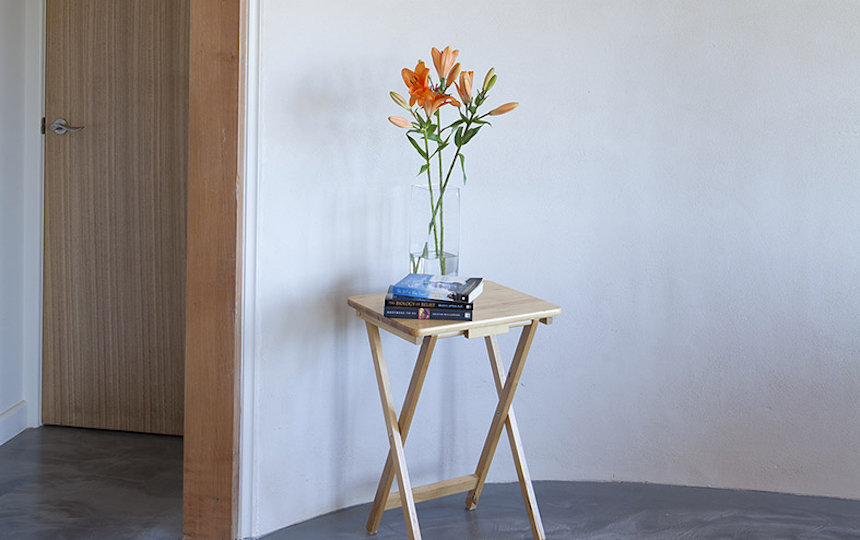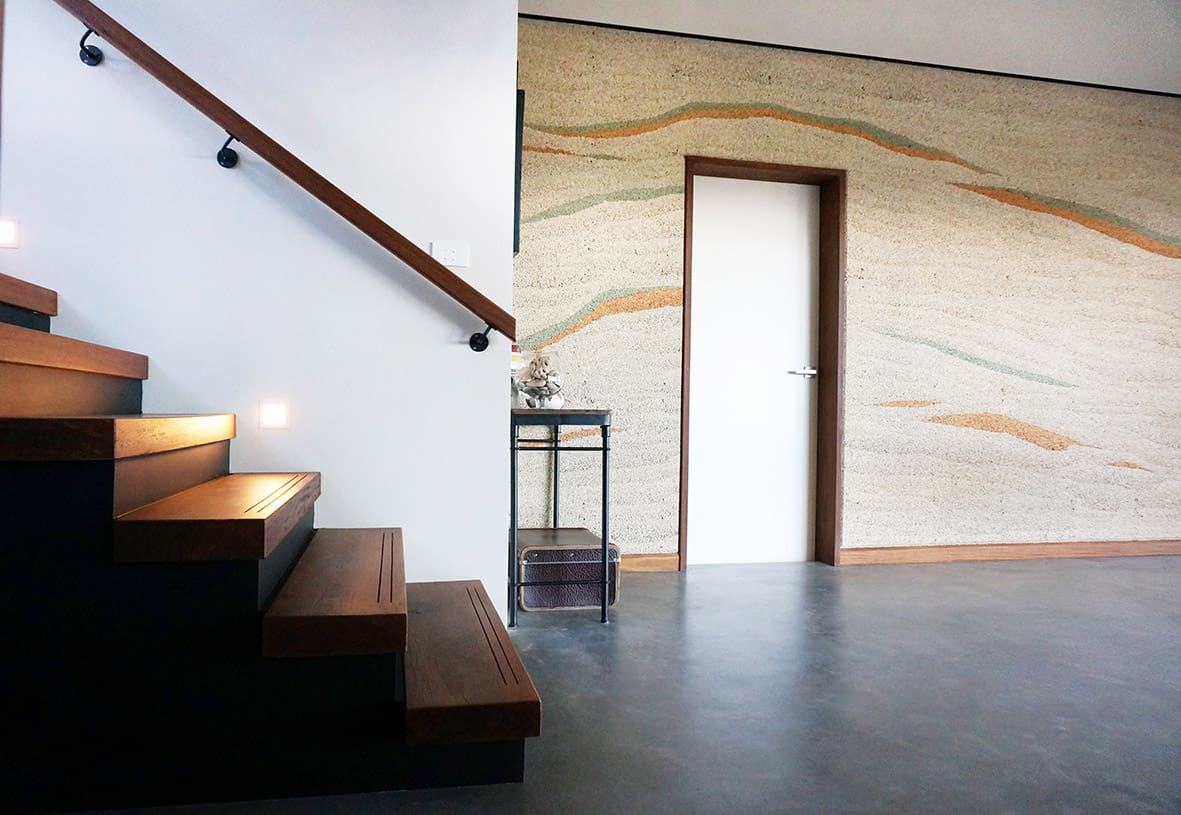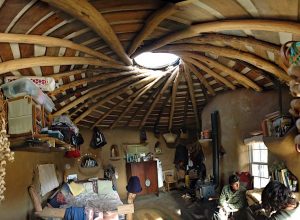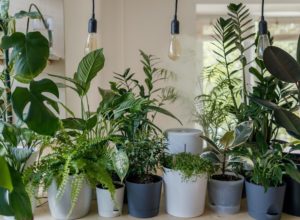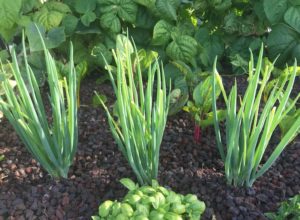Much is being made of hemp as a superfood, and its sibling, medicinal cannabis. But little is known about the health benefits of buildings constructed with hempcrete.
Industrial hemp is a variety of the Cannabis sativa plant species that is grown specifically for a range of commercial purposes including paper, fabric, clothing, biodegradable plastics, paint, insulation, biofuel, food and animal feed. It’s typically found in the northern hemisphere and is one of the fastest growing plants. Its use as a fibre dates back 10,000 years when it was originally spun into textiles.
Hempcrete is a hemp-lime composite consisting of the chopped woody core of the industrial hemp plant, a lime based binder and water. This mix is then poured into moulds or ‘formwork’ fixed to a timber frame to act as a replacement for conventional insulation products.
A healthy building means healthy occupants
Hempcrete is diffusive, meaning it has the natural and dynamic ability to control interior humidity levels, absorbing moisture when humidity levels rise and releasing it again when levels fall. This eliminates the accumulation of moisture on internal surfaces and reduces toxic mould growth.
These days, we are also creating much higher levels of indoor humidity. Humidity accumulates from simple everyday activities such as bathing, putting on a dishwasher, operating a clothes dryer and even breathing. In an indoor environment often sealed and reliant on the effectiveness of exhaust fans, mould can thrive. Mould loves moisture, a food source (such as plasterboard or timber) and poor ventilation.
Moulds are ubiquitous and can proliferate by releasing airborne spores throughout the entire home. Mould exposure is known to induce chronic respiratory disorders, allergic reactions, nose bleeds, headaches, fatigue and behavioural disorders.
It’s the source of many allergic reactions including allergic rhinitis, hypersensitivity pneumonitis and asthma, with an estimated 40% of asthmatic children suspected to be mould sensitive.
Sick building syndrome
As we focus our efforts on creating air-tight buildings and routinely ‘plastic wrap’ our homes, we’re trapping pollutants and moisture inside and inadvertently creating indoor environments that are making us sick. Our modern homes are unable to breathe.
For many years, scientific studies have confirmed that the pollutant levels of air inside our homes is often higher than that of outdoor air. This is a major concern when we consider we are now spending as much as 90% of our time in indoor environments that rely predominately on mechanical means of ventilation. For the young, elderly and those susceptible to illness, the indoor environment poses significant health challenges.
The term ‘sick building syndrome’ (SBS) was developed to explain symptoms that arise from poor indoor air quality, such as headaches, nausea, difficulty concentrating, sensitivities to chemicals, eye and throat irritation, and flu-like symptoms. In more extreme cases, continual exposure to indoor pollutants may leave a person sensitised to a multitude of substances.
Building biologists regard our homes as our ‘third skin’. This skin must be able to absorb and release moisture and protect us from the harsher elements of our environment. The breathability of a building is impaired when warm, moist vapours are prevented from transferring through the wall structure by impervious building materials such as concrete, steel or plastic.
The very structure of a hempcrete wall (cellulose material bound together with a breathable lime binder) creates permanent air pockets that insulate the interior from external cold or heat, depending on the season.
The microscopic vessels within the hemp cell structure add to the insulative qualities. Surprisingly, although a good insulator, hempcrete also provides thermal mass due to the density of the material once it is fully dried.
Hempcrete contains no harmful chemicals and will not off-gas over time. It’s entirely compatible with non-toxic natural plant-based oil finishes, lime washes and renders.
Hempcrete is a truly environmentally sustainable method of building, from production of the raw material throughout the lifespan of the building. Hemp combined with lime offers unique and outstanding natural properties that cannot be matched by conventional building materials.
Hempcrete lifecycle
Grand Designs’ Kevin McCloud is an enthusiastic advocate of hempcrete. His view that hemp is a remarkable plant with outstanding sustainability credentials can be seen when we consider hempcrete from a life-cycle perspective, beginning in the ground.
Australian conditions are ideal for the production of industrial hemp. A range of cultivars are available to suit almost all soil types and rainfall volumes. Hemp outgrows competitor plants, eliminating the need for herbicides. There are virtually no pests or diseases that attack hemp so there is no need to use pesticides.
Hemp’s aggressive and deep root structure helps to break up highly compacted soil. It also improves soil for other crops—wheat farmers reportedly achieve a 10-20% yield if they incorporate hemp into their crop rotation. It also has the ability to absorb substantial levels of carbon dioxide during its rapid growing cycle.
In comparison with conventional building materials, the processing of industrial hemp involves very little embodied energy. There is no heating, treating or modifying involved. The raw material is simply chopped into pieces small enough to be mixed in a pan mixer with aerated lime and water.
Thermal performance
Hempcrete displays extraordinary thermal performance. It has the ability to both insulate and store heat, providing occupants with a more comfortable and constant internal temperature. Combined with a lime or clay plaster finish to internal surfaces, hemp-lime provides a passive means of regulating relative humidity, reducing reliance on mechanical heating, cooling and ventilation.
Carbon sink
Residential construction is responsible for producing 23.8 megatonnes of carbon dioxide (CO2) annually. The manufacturing of synthetic insulation materials contributes enormously to their high embodied energy and the overall CO2 equation.
Hempcrete buildings act as a carbon sink, preventing the release of CO2 back into the atmosphere. An average size house constructed of hempcrete will remove about 20 tonnes of CO2 from the atmosphere over its lifetime.
This makes hempcrete construction a negative carbon emitter because of its ability to lock up more CO2 in the building than is emitted during its production, processing and transportation.
Lime
Lime is the wonder ingredient often overlooked. Lime absorbs CO2 during its carbonation process which helps to reduce the CO2 in the air. It’s a highly breathable material with natural anti-bacterial and insect-repellent properties, and is considered carbon neutral.
While CO2 is emitted during its manufacture, the CO2 is reabsorbed during its drying process and continues to be absorbed indefinitely. From production to finished building project, lime is considerably greener than Portland cement.
Hempcrete versus brick veneer
On a one-on-one material basis, hempcrete is comparable to other building systems such as brick veneer. In regard to hempcrete, the fixed costs are the materials (hemp hurd, lime binder). The variable cost is in the labour. This is where the DIY owner-builder can achieve financial savings—the building team can comprise family and friends.
The fixed price for hempcrete materials is approximately $135 per square metre based on a 300 mm thick wall. If labour is subcontracted out to an installation team, the owner can expect to pay between $230 and $265 per square metre. This makes the overall cost (labour and materials) between $365 and $400 per square metre.
The future of hempcrete
Hempcrete building is in its infancy in Australia, with a cluster of homes emerging in most states. However, given the popularity of hempcrete building in Europe and Canada, similar momentum is expected in Australia.
This makes sense when you consider not only its incredible health credentials but the potential long-term financial gains due to its thermal performance and suitability in high bushfire risk areas due to its flame zone rating.

